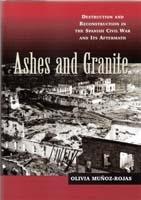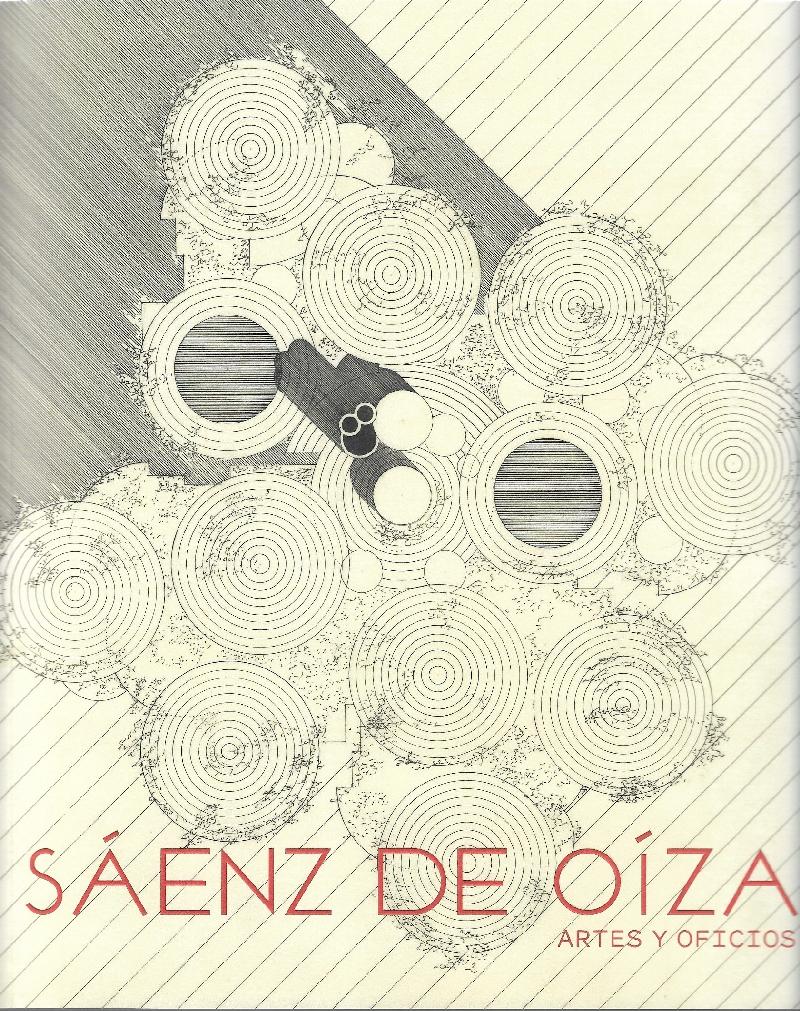ASHES AND GRANITE. DESTRUCTION AND RECONSTRUCTION IN THE SPANISH CIVIL WAR AND ITS AFTERMATH

Autor/es
- EAN: 9781845194369
- ISBN: 978-1-84519-436-9
- Editorial: SUSSEX PUBLICATIONS
- Año de la edición: 2011
- Encuadernación: Cartoné
- Medidas: 18 X 26 cm.
- Páginas: 232
- Materias:
historia: arquitectura y arte
sismología, catástrofes, terremotos, guerras
urbanismo
españa: arquitectura y arte
Stock en Librería. Envío en 24/48 horas
pvp 85,00 €
Olivia Muñoz-Rojas critically examines the wartime destruction and post-war rebuilding of three prominent sites in Madrid, Bilbao and Barcelona in the Spanish Civil War and its aftermath. Each case highlights different dimensions of the material impact of the conflict, the practical challenges of reconstruction and the symbolic uses of the two processes by the winning side. The book reveals aspects of the Spanish Civil War and the evolution of the Franco regime from an original and fruitful angle as well as more general insights into the topic of wartime destruction and post-war reconstruction of cities. The title - Ashes and Granite - aims to capture, visually and texturally, on the one hand, the damage caused by the war and, on the other, the Franco regimes concept of the ideal Hispanic construction material. Written from an interdisciplinary perspective at the intersection of urban and political history and theory, planning and architecture, the book draws largely on unpublished archival material. Key features of the Franco regimes rebuilding programme are considered, such as the priority given to rural reconstruction and the persistent search for a national architectural style. The case of Madrid centres on the failure of the Falanges ambitious plans for a neo-imperial capital as illustrative of the regimes gradual shift from state planning to privately driven urban development. The case of Bilbao focuses on the reconstruction of the bridges of the city to demonstrate how, occasionally, the regime managed to turn destruction and reconstruction into opportunities for successfully marking the beginning of what was perceived as a new era in Spains history. Finally, the opening of Avenida de la Catedral in Barcelona exemplifies how wartime destruction sometimes facilitated the implementation of controversial planning, acting as a catalyst for urban redevelopment. Moreover, the opening of the avenue contributed to the disclosure of the ancient Roman city-wall, allowing the regime to appropriate the ancient legacy symbolically. Most of us are familiar with the tragic fate of Coventry, Dresden, Rotterdam and their ruined cityscapes at the end of the Second World War. When the devastation and restoration of cities razed to the ground by bombardment are the subject of discussions, Spanish examples are rarely, if ever, mentioned. The destruction by German and Italian aircraft of Madrid, Bilbao, Barcelona and other cities during the Spanish Civil War is not often discussed. Even more so, the tortuous and ideologically influenced process of their rebuilding has been largely overlooked by contemporary international scholarship. This study by Olivia Muñoz-Rojas is a major contribution to remedying this gap, situating the Spanish case on a par with other European instances of wartime destruction and post-war rebuilding in the twentieth century. Dr Muñoz-Rojas follows the fate of three prominent sites in Madrid, Bilbao and Barcelona in the Spanish Civil War and its aftermath, critically examining the material impact of the conflict, the practical challenges of reconstruction and the symbolic uses of the two processes by the winning side. Written from an interdisciplinary theory, planning and architecture, the book opens up the Spanish experience to the scrutiny of scholars in discipline other than history, including heritage, planning and architecture.





